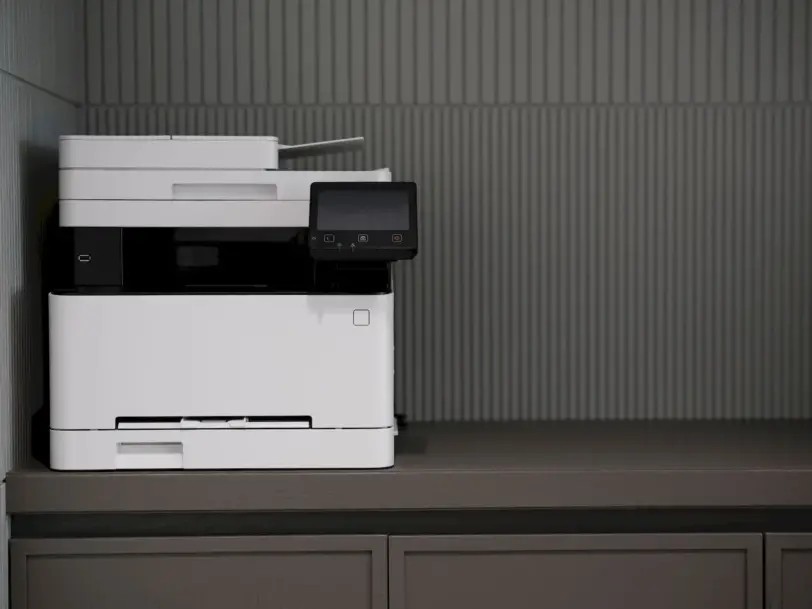How do printers work?

In this article, I will explain how a printer works, whether it is ink or laser. These peripherals have accompanied computers for decades and are essential for many users. So, if you’re interested in what happens when you press the print button, here it is…
How Does an Ink Printer Work?
The printer receives data from the computer and stores it in a memory buffer. A larger buffer makes it possible to print complex documents or multiple simple documents repeatedly.
When the printer has been idle for a while, it usually does a short cleaning to make sure the printheads are in good condition. Once the cleaning process is complete, the printer is ready to start printing.
The control circuit activates the stepper motor responsible for feeding the paper, which in turn starts the rollers to feed a sheet from the tray or feeder into the printer. There is a small sensing mechanism that activates when there is paper in the tray or feeder. If the mechanism is not activated, the printer will display a paper warning and send a message to the computer.
After the paper is fed into the printer and placed at the top of the page, the printhead’s stepper motor moves the paper across the page with the belt. At each point where the print head sprays ink onto the paper, the motor stops briefly, then moves a little and stops again. This process occurs so quickly that it gives the impression of continuous movement.
Each time it stops, multiple printing points are created. CMYK colors are sprayed in precise amounts to create any color imaginable.
Once a full pass is complete, the paper feed stepper motor advances the paper a fraction of an inch. Depending on the inkjet printer model, the print head may be repositioned at the top of the page or, in many cases, shifted in the opposite direction and backwards during printing. This process continues until the page is completely printed.
After printing is completed, the print head is placed in place. The paper feed stepper motor rotates the rollers to deliver the page completely to the output tray.
How Does a Laser Printer Work?
When you press the “Print” button on your computer, tablet or mobile device, the information is sent to the printer, where the data is temporarily stored in its memory.
At this point, the printer starts preparing for printing. A corona wire is heated to transmit its positive static charge to the drum. The laser uses an opposing negative electrical charge to activate its light and reflect it onto a series of mirrors to imprint the shape of your document onto the drum.
The toner and chamber located next to the drum slowly release positively charged carbon toner particles as the drum rotates. These toner particles are attracted to the negatively charged areas in the drum, leaving the positively charged areas intact.
The transfer ribbon causes the paper to pass through the printer and acquire a positive charge. As the paper moves with the drum, negatively charged toner powders adhere to the page, creating the print.
Finally, the toner is melted into the paper using hot rollers known as fusing units.